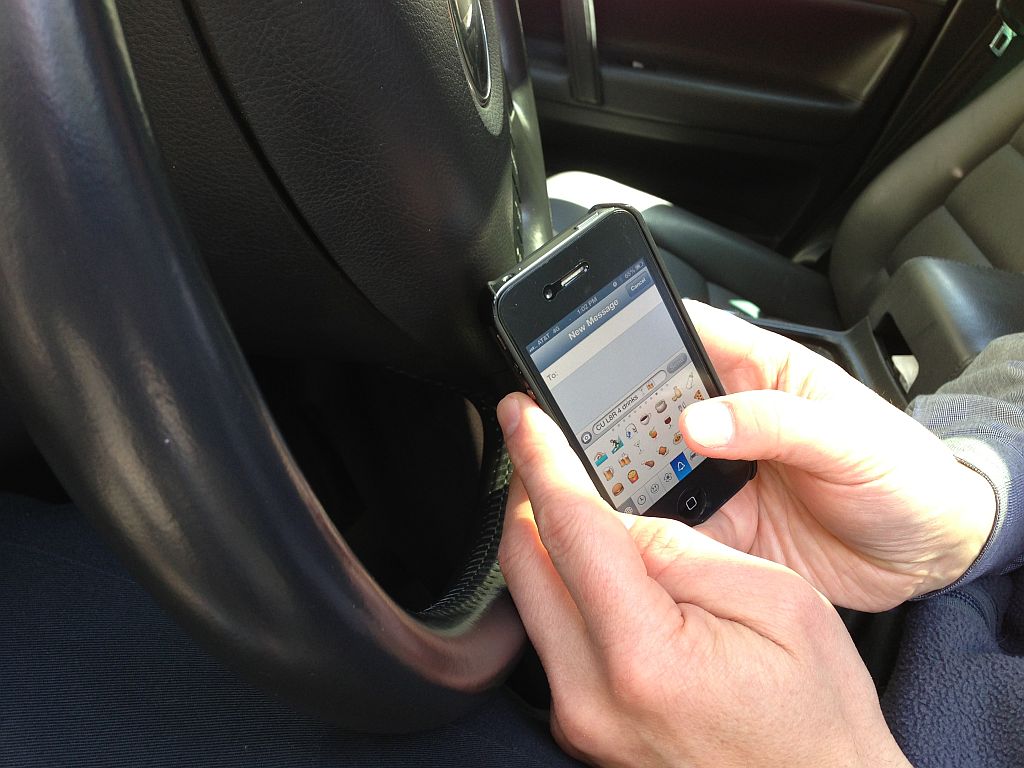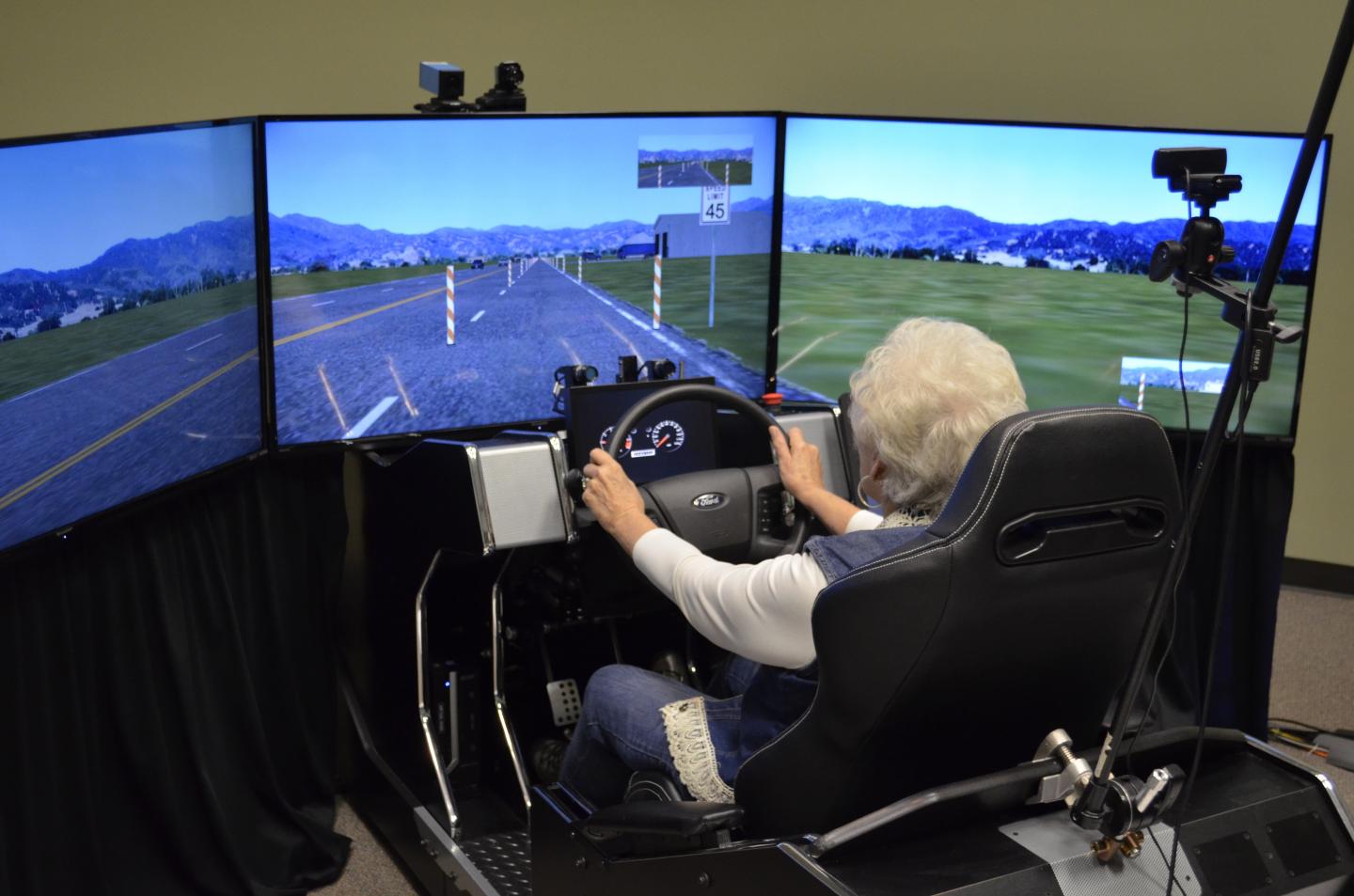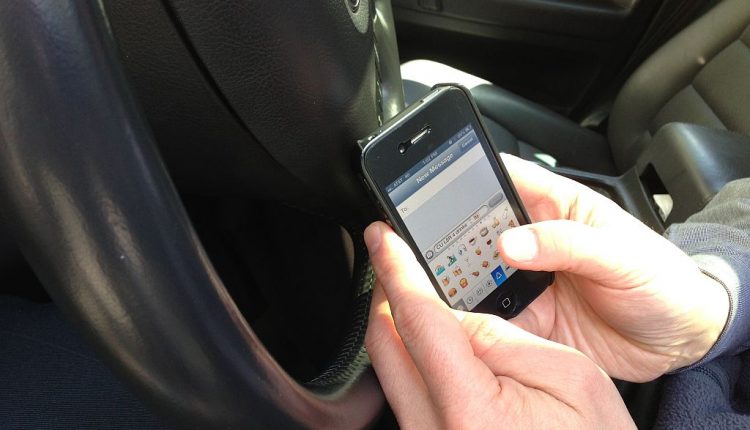This is why texting and driving is so dangerous
With much recent stress on the dangers of texting while driving, a team of researchers from the University of Houston (UH) and the Texas A&M Transportation Institute (TTI) decided to explore the many factors that can lead to distracted driving.

The researchers studied how drivers behave when they are absent minded, emotionally charged or engaged in texting.
The teams, led by Ioannis Pavlidis from UH and Robert Wunderlich of TTI, looked at 59 volunteers who were asked to drive the same segment of highway four times — once under “normal conditions”, and then while distracted with challenging questions, while distracted with emotionally charged questions and while preoccupied with texting.
In all three distracted interventions (absent minded, emotional and texting), the researchers found that the drivers’ handling of the wheel became jittery with respect to normal driving. However, this jittery behavior only resulted in lane deviations and unsafe driving when they were texting. In the case of absent-minded and emotionally charged distractions, jittery steering resulted in straighter trajectories with respect to a normal drive and safer driving.
“A likely explanation for this paradox is the function performed by a part of the brain called the anterior cingulate cortex, or ACC,” said Pavlidis. “ACC is known to automatically intervene as an error corrector when there is conflict. In this case, the conflict comes from the cognitive, emotional and sensorimotor, or texting, stressors. This raises the levels of physiological stress, funneling ‘fight or flight’ energy to the driver’s arms, resulting in jittery handling of the steering wheel.”

So, according to Pavlidis, when ACC intervenes, it actually counterbalances any strong jitter to the left with an instant equally strong jitter to the right and vice versa, which results in the nullification of any veering to the left or the right of the lane and, therefore, very straight driving.
For ACC to perform this function, though, it needs support from the driver’s hand-eye coordination loop. If this loop breaks, which it does while texting, then ACC fails and the jittery handling of the steering wheel is left unchecked, which results in a significant lane deviation and possible accident.
“The driver’s mind can wander and his or her feelings may boil, but a sixth sense keeps a person safe at least in terms of veering off course,” said Pavlidis. “What makes texting so dangerous is that it wreaks havoc into this sixth sense. Self-driving cars may bypass this and other problems, but the moral of the story is that humans have their own auto systems that work wonders, until they break.”
With their findings, the team is looking into developing a car system to monitor outward driving behaviors like jitter and lane deviation, as well as the state-of-mind the driver is in that causes them.
“This system, which I call ‘stressalyzer,’ a play on the word breathalyzer, may serve not only as a ‘black box’ in car accidents, but also as a driver alert and prevention mechanism, since it will continuously sense a driver drifting to distracted mode,” said Pavlidis.
Story via EurekaAlert.


Comments are closed, but trackbacks and pingbacks are open.